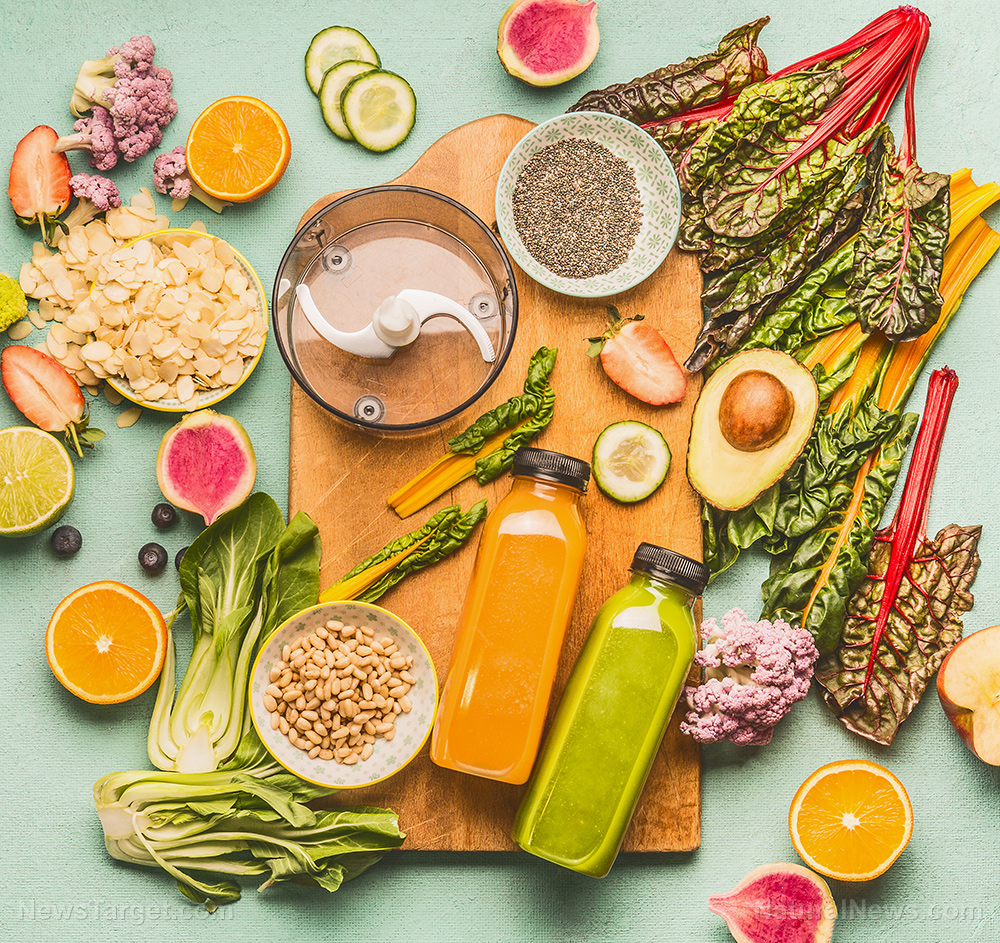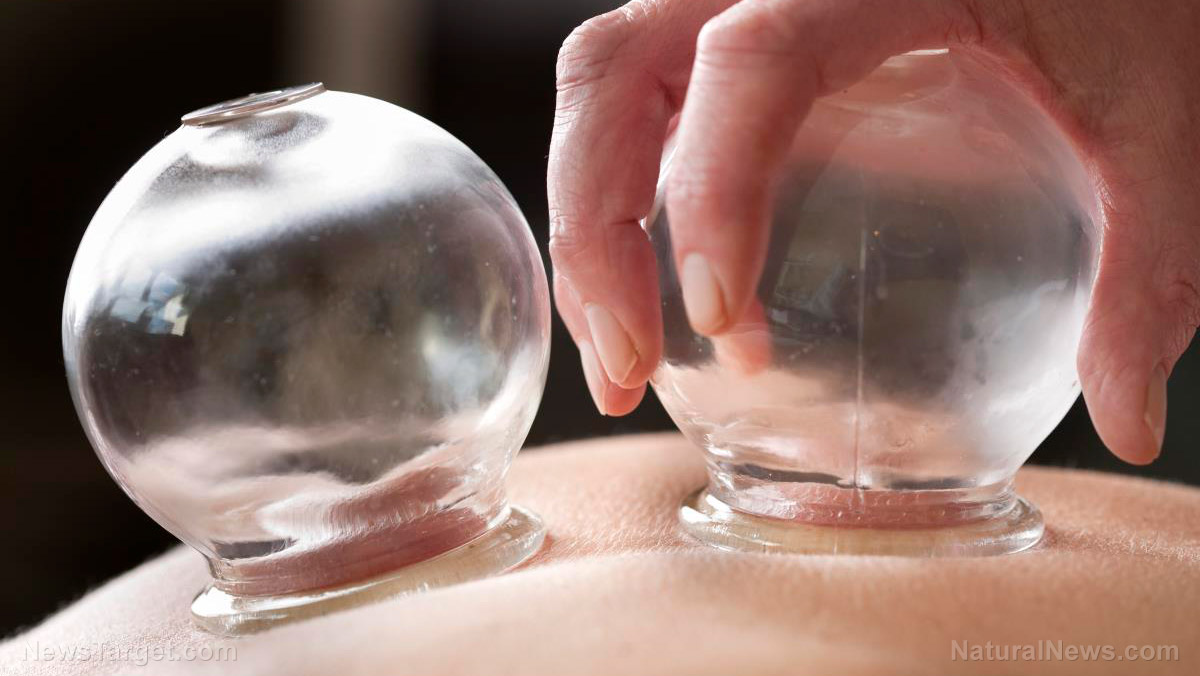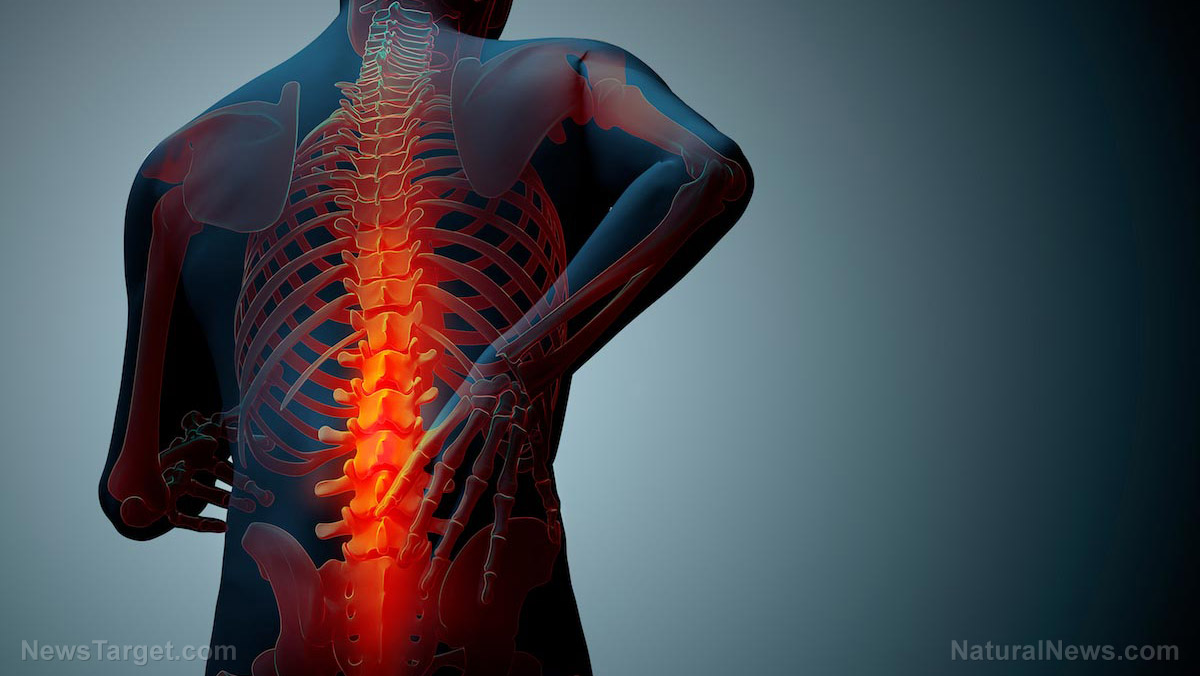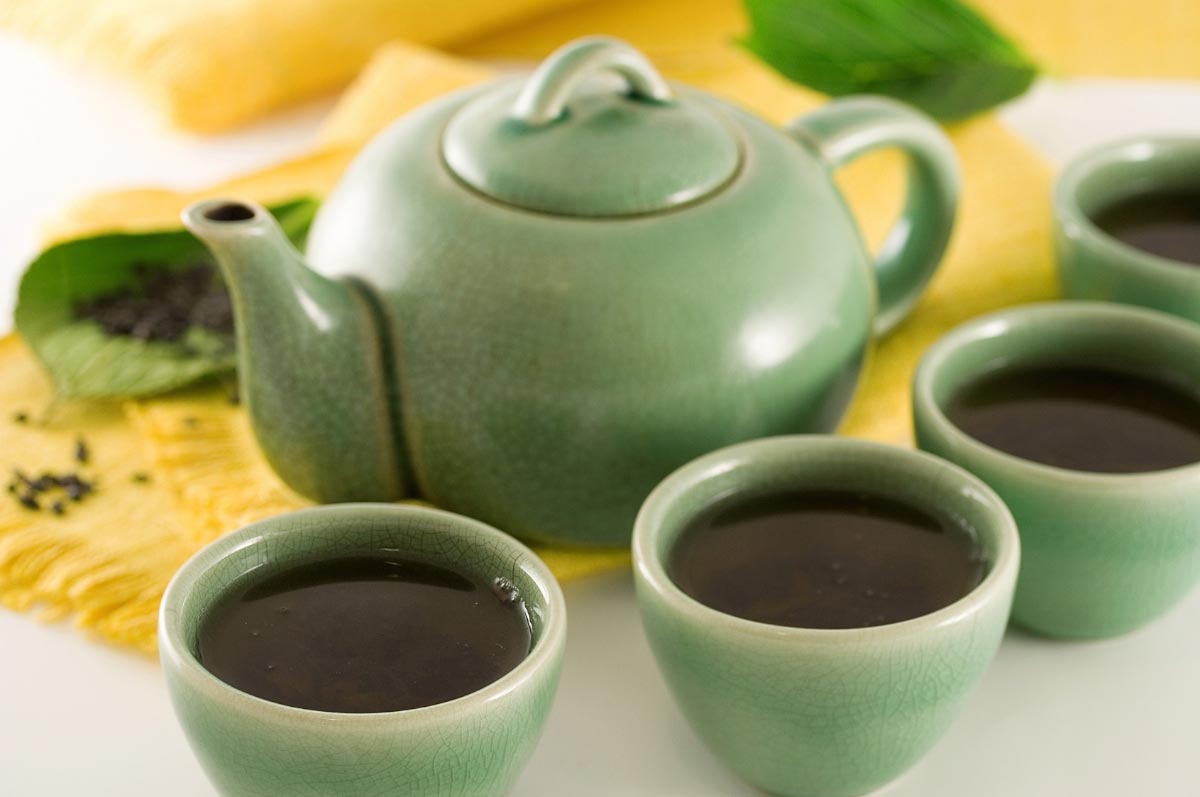Juicing — sources, health benefits at NaturalPedia.com
12/14/2017 / By Frances Bloomfield
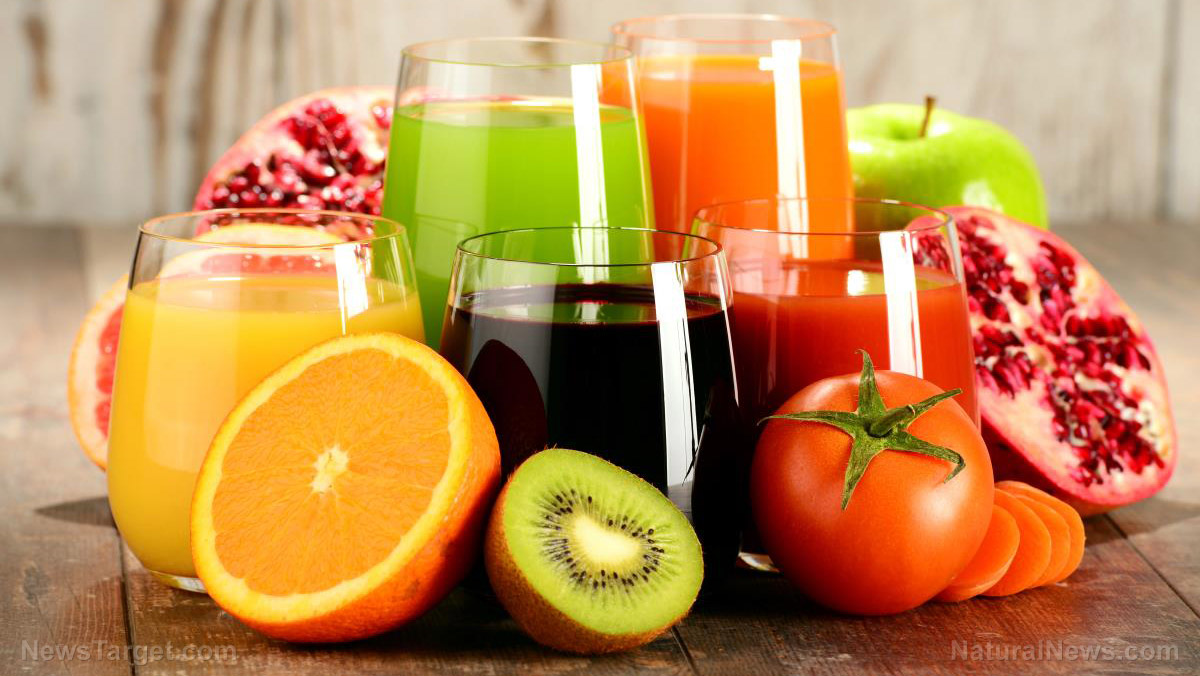
Juicing is the extraction of juices from vegetables, fruits, and tubers. This process strips away pulp, seeds, and other solid matter from whole fruits and vegetables, and results in liquid containing most of the vitamins and minerals present in the plant tissue. This makes juicing very different from blending, as blending makes use of the whole fruit, pulp included.
There are various juicing methods that range from juicing by hand to using motor-driven juicers. The latter is the most common juicing method today, with the two main juicer types being:
- Centrifugal juicers: Using high-speed action, these kinds of juicers rapidly grind vegetables and fruits, then dispense the pulp into a receptacle.
- Masticating juicers: Also known as cold-press juicers, masticating juicers are much slower than centrifugal juicers and work by kneading and crushing fruits and vegetables. According to HealthLine.com, masticating juicers don’t produce heat, meaning they don’t cause nutrients and enzymes to break down like with centrifugal juicers.
Juicing has risen in popularity over the years thanks to its many purported health benefits. In fact, people who engage in juicing typically do so to cleanse their body of toxins (juicing is supposed to help enhance the detoxification process) or to supplement their diets.
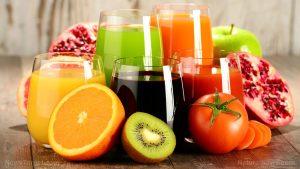
Health benefits of juicing
As was mentioned previously, this process leaves behind a liquid that contains a significant amount of nutritional compounds. Depending on the vegetables and/or fruits used, these nutritional compounds can include antioxidants, which can be found in abundance in fresh, raw juices. Ellagic acid, for example, is plentiful in raw apple and berry juices but is reduced once the juices become processed. In addition to being more nutritionally dense, fresh juices contain none of the added sugars that go into the majority of store-bought juices.
This variety and wealth of nutrients is easily consumable, which is perhaps the greatest strength of juicing. People who may dislike eating certain vegetables or fruits whole can make them part of their diet through juicing. This makes it easier to add all types of beneficial fruits and vegetables to one’s dietary regimen, and allows people to ingest an optimal amount in an economical manner. Moreover, drinking these vegetables and fruits helps the body save energy. Solid foods still need to be converted into liquid for the body to absorb them and their nutritional content, but juices skip that step altogether.
Juicing can also aid in short-term weight loss efforts. A juice diet will involve consuming no more than 1,000 calories a day, all of which will be derived from juices. This caloric restriction will then lead to rapid weight loss. However, juicing to shed pounds isn’t recommended for a long period of time. This is because extreme calorie deficits can slow down metabolism and reduce the amount of calories burned. Furthermore, raw juices may be loaded with a plethora of minerals, vitamins and more, but they still lack other vital nutrients like vitamin B12. This vitamin can be obtained from nori and fortified cereals, but the best sources for vitamin B12 are still animal-derived food products.
Body systems supported by juicing
The body system and organ being supported by raw juice will depend entirely on the fruits, vegetables, or tubers used. According to ChalkboardMag.com, these can include:
- Skin: Lemon, kale, carrots, and aloe vera are rich in vitamin C, an important vitamin that promotes skin health.
- Heart: Beets and pomegranate are good sources of nitric oxide, a chemical compound that widens the arteries and blood vessels. This leads to a reduced risk of high blood pressure.
- Liver: Dandelion greens support liver cleansing and encourage bile production; ginger prevents oxidative damage; and burdock aids the liver in blood filtering.
- Kidneys and bladder: Asparagus and watermelon flesh are excellent at preventing kidney stones, while fennel acts as a natural diuretic.
- Stomach and intestines: Apples are ideal for digestion as they can prevent constipation and assist in the removal of intestinal toxins. Lemons and ginger are good additions too since they help stimulate the digestive process.
Where to learn more
- A ‘juicing’ a day keeps the doctor away
- Juicing for weight loss – Here’s what works
- Juicing is the Key to Radiant Health
- Juicing provides an answer to the health problems of the world
- VEGETABLE JUICING: THE ULTIMATE EXPRESS FOOD
Summary
Juicing is the extraction of fruit, vegetabl,e and tuber juices, separating them from pulps, rinds, and fibers. This results in fluids that contain an abundance of nutritional compounds, depending on the fruits and vegetables used. Juicing makes it easier to consume health-promoting fruits and vegetables, and can even assist those who are trying to lose weight.
However, this is only encouraged for brief periods of time. Drinking nothing but fruit and vegetable juices can slow down one’s metabolism. Moreover, fruits, vegetables, and tubers don’t contain all of the important nutrients, some of which can only be found in animal meats and animal byproducts.
Sources include:
Tagged Under: juicing




